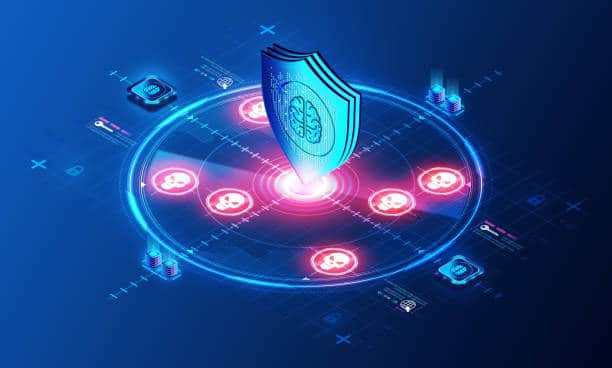What Is Security Posture And How Vital It Is

Security posture refers to the overall cybersecurity strength of one organization. It is determined by the ability to respond, predict, and provide an immediate response to different kinds of cyber threats.
An organization's security posture includes its network, network security, data security, information security, and internet security. When there are vulnerabilities in these categories, there is much greater cyber risk.
How strong security posture save the companies?
With a strong security posture, a company will be able to easily identify any kind of threat. Once the threat is detected, they can begin to execute an immediate solution. But with the ever-changing innovations in our technology, threats, and cybercriminals are putting in a lot of effort to keep up and find
The 10 Blind Spots In Your Security Posture:
- Password Issues: Most organizations have instances of weak, default, and reused passwords. In these cases, passwords need to be fixed and made stronger.
- Encryption Issues: Unencrypted or improperly encrypted data will bring real security risks to your organization.
- Misconfigurations: When there are misconfigurations in application and OS settings, there are no mechanisms in place to look for instances and fix issues.
- Denial of Service Fragility: With this blind spot, the network is not designed for availability under a (distributed) denial-of-service attack or a compromise of important assets.
- Malicious Insiders: These kinds of insiders can attack when there is inadequate visibility and a lack of controls. Without proper detection and prevention, these actors can work to exfiltrate and destroy key data.
- Flat Networks: Individual system compromises easily turn into major data breaches if there is no network segmentation.
- Poor Identity and Access Control: Manual provisioning and de-provisioning process for user access control makes it easy to lose track of who had access to what.
- Phishing, Web, and Ransomware: Do you know which of your users introduce the most cyber risk exposure to your organization due to their browsing behavior?
- Criticality of Unpatched Systems: Timely security patching is very challenging, due to the volume of new CVEs/ However, not everything in your network is equally important.
- Non-Traditional Assets: The foundation of any visibility program is an accurate inventory, including non-traditional assets such as BYOD, IoT, mobile assets, and cloud services.
A security posture assessment helps organizations no matter the size is in keeping their business protected and shielded from various cyber attacks. Paul Jackson, CEO/Cybersecurity Specialist, and his team at Jackson Technologies will ensure that your cybersecurity plan is in place, protecting your network, data, applications, and everything in between.
